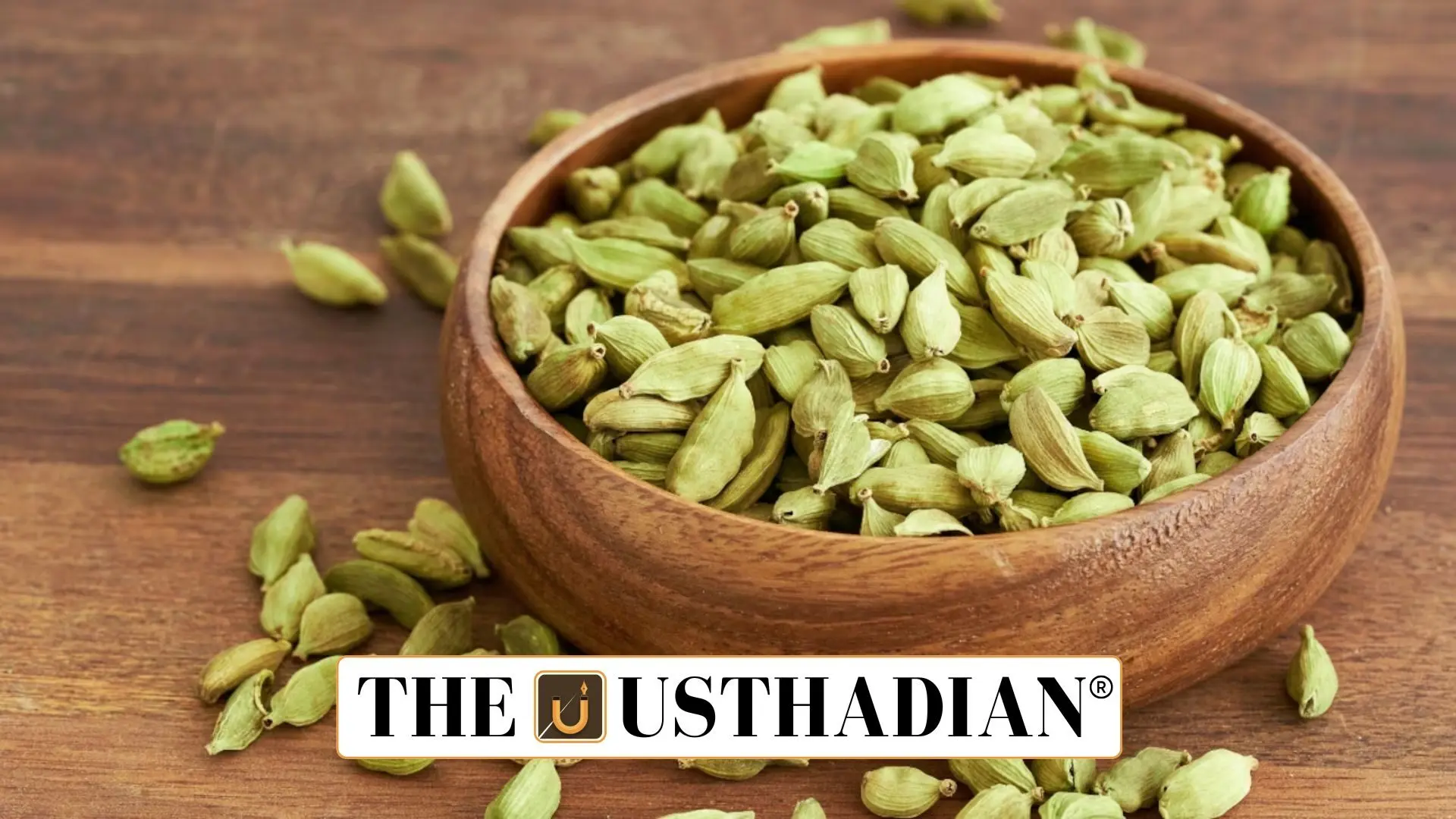Uncovering the Hidden Relatives of the ‘Queen of Spices’
Fresh Insights into the Cardamom Clan: Scientific Breakthroughs and Biodiversity Protection: Long revered as the “Queen of Spices,” green cardamom is once again in the limelight with an exciting breakthrough in spice botany. Until recently, Elettaria cardamomum, the plant that gives us commercial cardamom, was believed to be the sole representative of its genus. However, a collaborative research effort involving experts from India, Denmark, Sri Lanka, the UK, and other nations has revealed the existence of six more closely related species, reshaping the way scientists perceive cardamom’s genetic lineage.
Kerala’s Forests Yield Two Brand-New Species
Of the six relatives discovered, two species are entirely new to science and were identified in the dense, biodiversity-rich forests of Kerala’s Western Ghats. The first, Elettaria facifera, was found in the Periyar Tiger Reserve. It produces an unusual open-mouthed fruit and is locally known as “Vai noki elam” by the Mannan tribal community. The second, Elettaria tulipifera, comes from the Agasthyamalai Hills and Munnar, recognized for its vivid red floral bracts and tulip-shaped flowers.
Redrawing the Cardamom Lineage
Four of the six newly recognized species were previously classified under the genus Alpinia. But with the help of advanced DNA and morphological analysis, botanists have now repositioned them under Elettaria, expanding what was once a monotypic genus. This revelation opens new possibilities in the world of spice breeding, particularly for enhancing traits such as disease resistance, yield, and climate adaptability in cultivated cardamom varieties.
Cultural and Economic Importance of Cardamom
Kerala has long played a pivotal role in the global spice trade, and this discovery reinforces that legacy. Interestingly, the genus name Elettaria traces its origins to the term “elletari”, recorded in the 17th-century botanical work ‘Hortus Malabaricus’, which documented Kerala’s rich plant life. Today, green cardamom is the third most valuable spice worldwide, following saffron and vanilla, with applications in culinary, medicinal, and aromatic industries.
A Race Against Time: Conservation Concerns
While these discoveries are scientifically significant, they also highlight the fragility of the Western Ghats’ ecosystems. Rapid urbanization, deforestation, and shifting climate patterns threaten the survival of these newly identified cardamom species. Researchers stress the need for urgent conservation efforts to safeguard these plants, which are not just important for biodiversity, but also essential genetic reservoirs for future agricultural innovation in the spice sector.
Static GK Snapshot: Green Cardamom Species Breakthrough
| Fact | Details |
| Scientific Name of Green Cardamom | Elettaria cardamomum |
| Newly Identified Species | Elettaria facifera, Elettaria tulipifera |
| Discovery Locations | Periyar Tiger Reserve & Agasthyamalai Hills, Kerala |
| Genus Name Origin | Derived from the Malayalam word “elletari” (mentioned in Hortus Malabaricus) |
| Global Value Ranking (Spices) | Cardamom ranks 3rd after saffron and vanilla |
| Indigenous Name Recognition | Mannan tribe refers to E. facifera as “Vai noki elam” |








